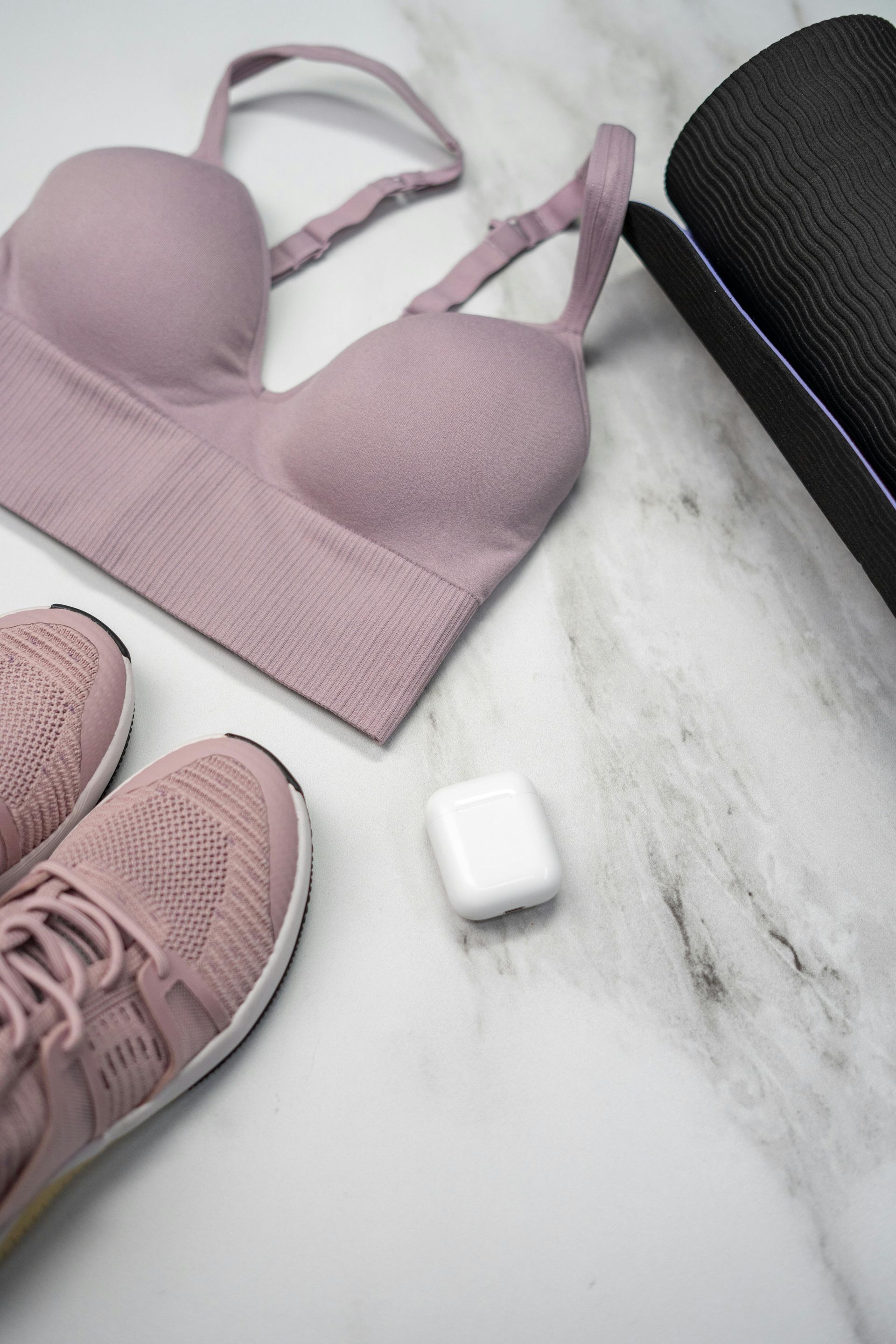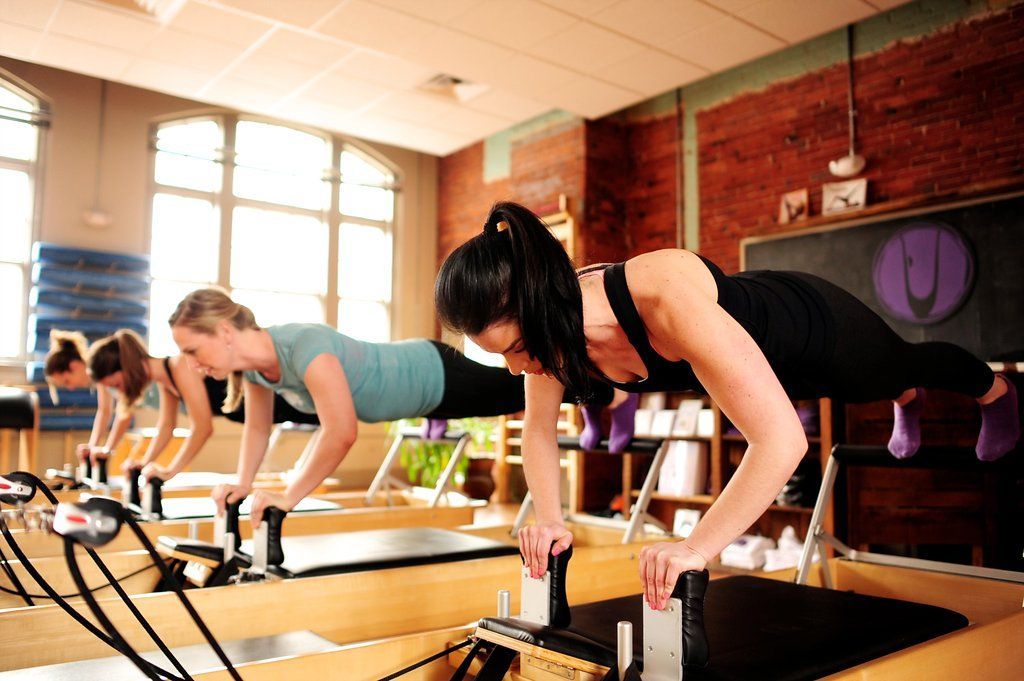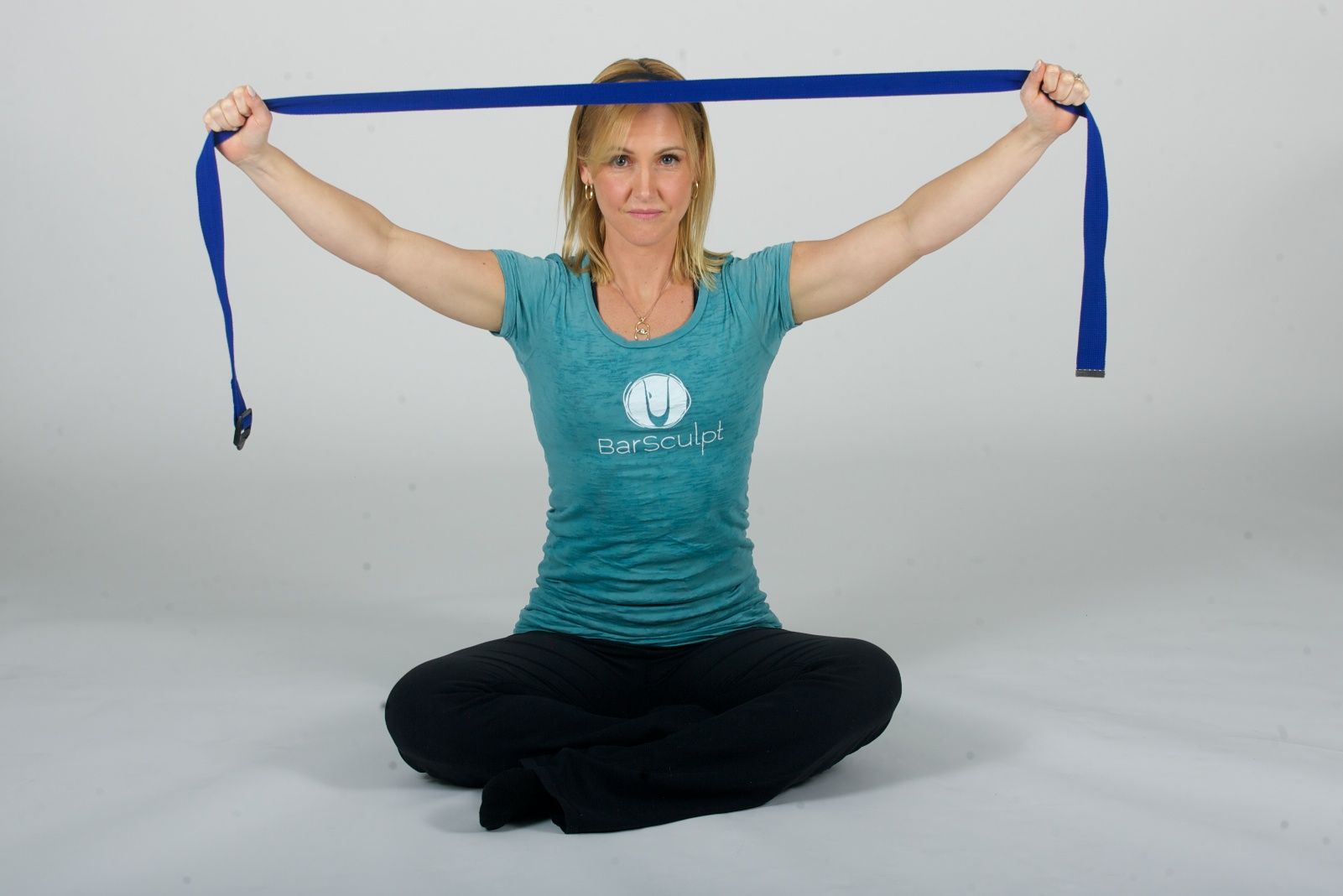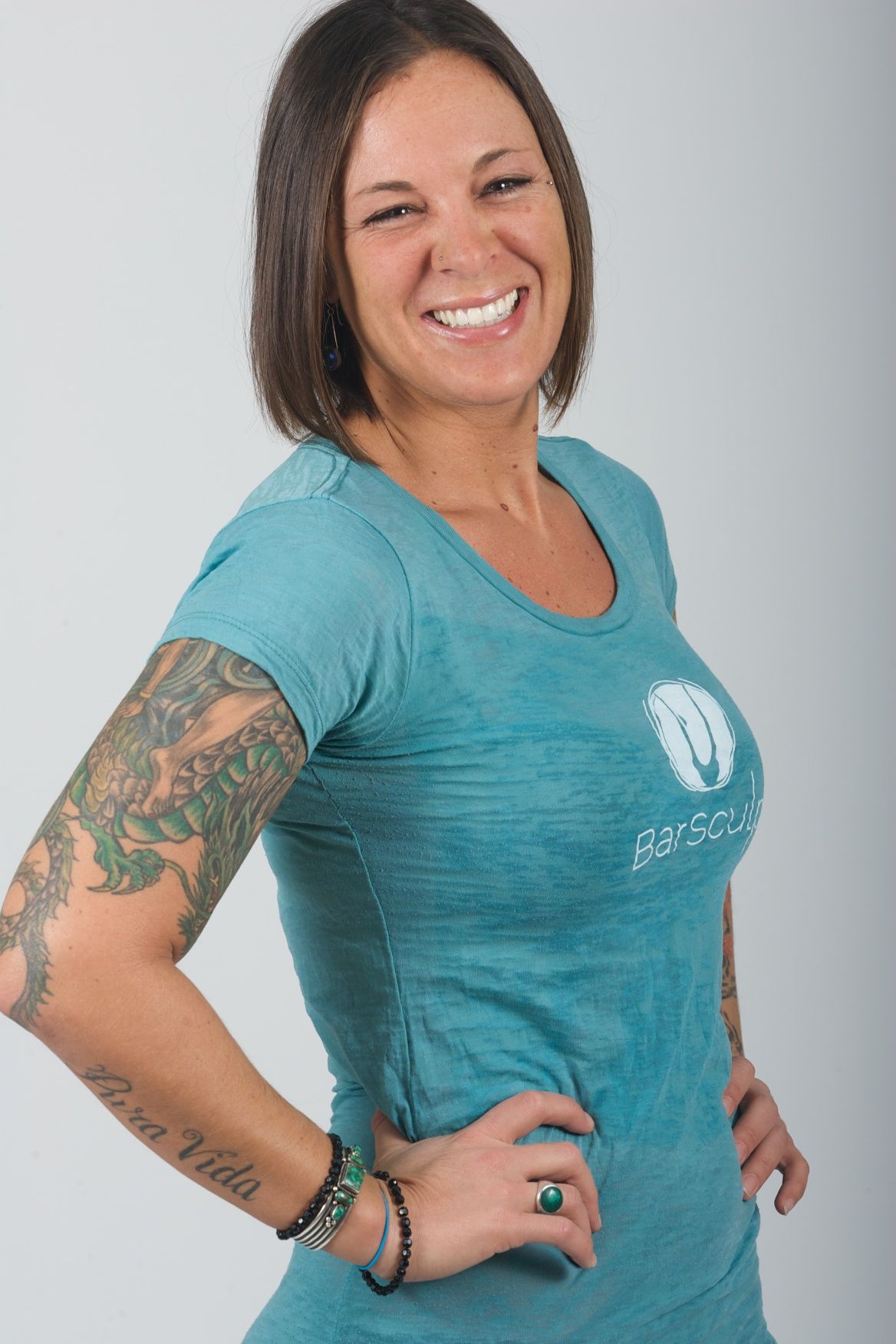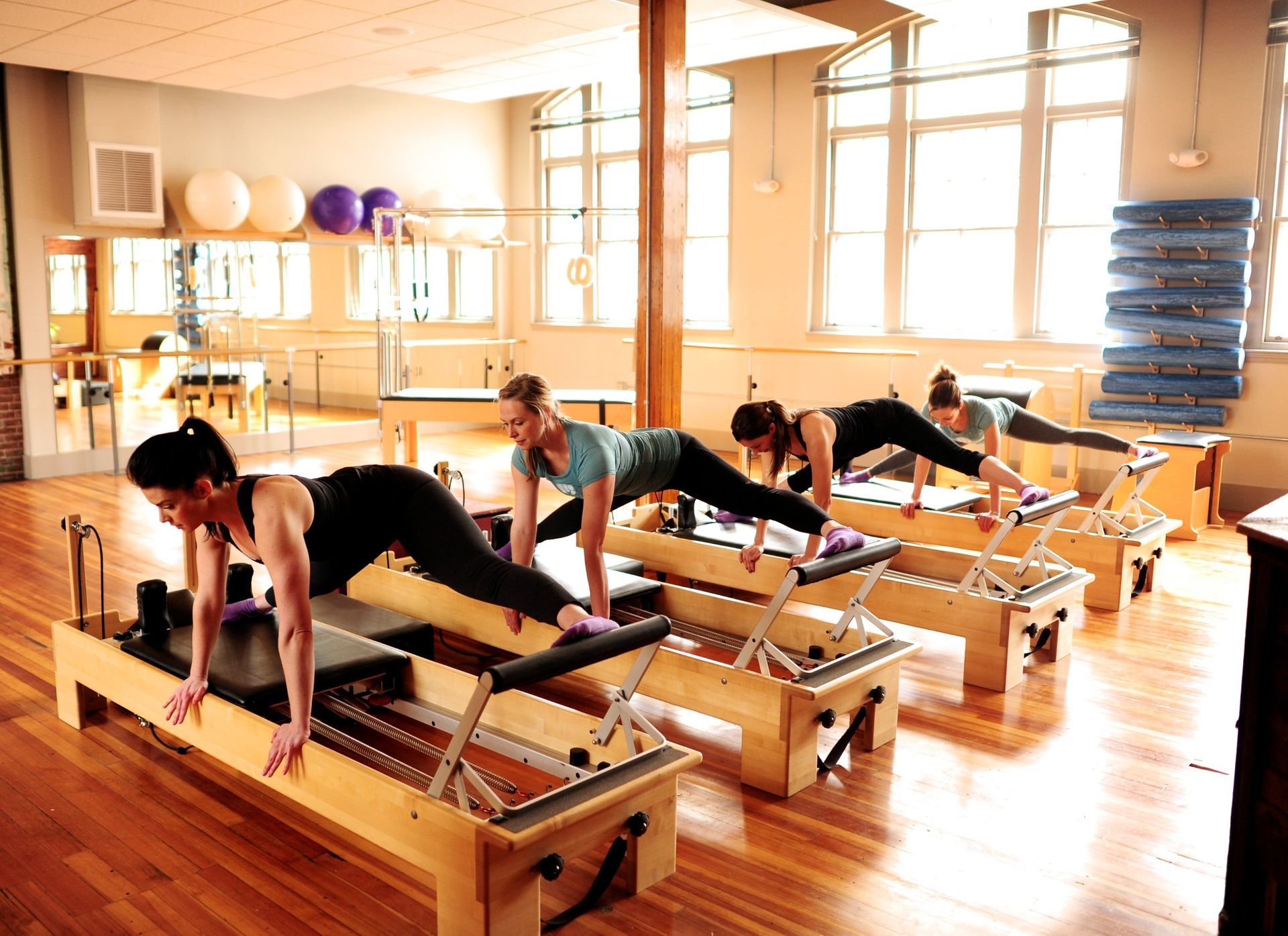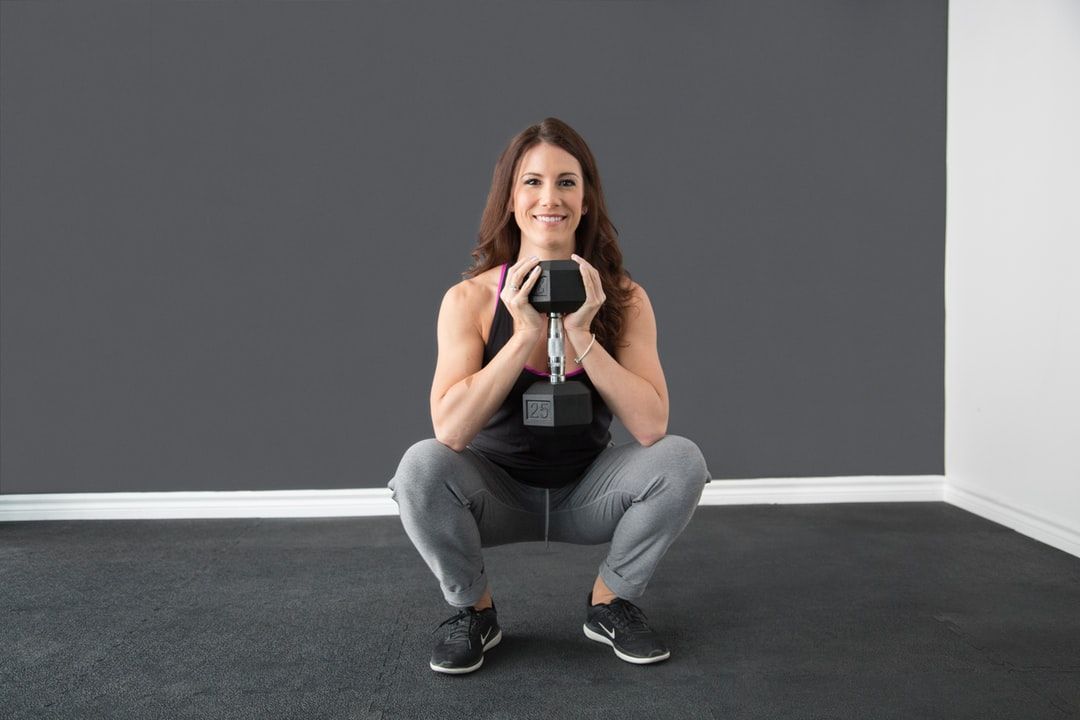When Fish Tacos Go Wrong: The Delicate Balance of Barre Banter
How one lighthearted class conversation spiraled into an unforgettable client moment—and what it taught me about teaching.
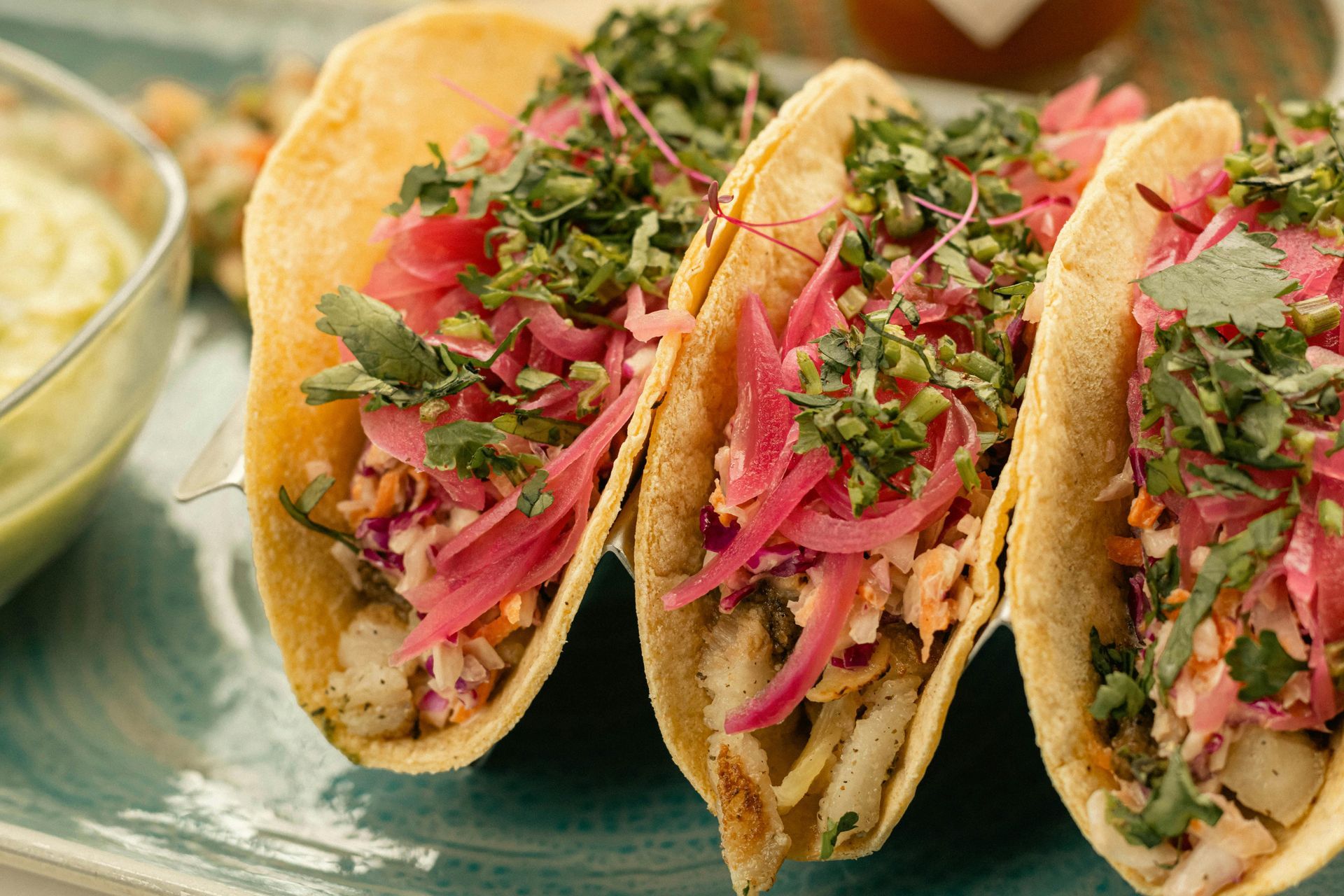
Setting the Scene
Every fitness instructor has that story. The one that makes you laugh even years later, when the memory sneaks back into your mind mid-class or when you’re chatting with a fellow teacher over coffee. Mine happened on a late summer Tuesday—yes, a Taco Tuesday—during a group barre class that should have been as routine as any other.
I’d been teaching for years by this point, and this particular group was filled with regulars. Familiar faces, people who knew each other’s quirks and mine, too. That’s one of the magical things about group classes—there’s movement, of course, but there’s also community. And before people can really drop into their bodies and find their flow, I’ve always believed they need to first find the room. That means laughter, connection, disarming any self-consciousness about who’s “better” or “stronger.” My warmups are as much about engaging the group as they are about engaging the core.
Enter: My NYC Client
One of my long-standing clients that day had been with me for over a decade. She wasn’t a native Mainer, though she had a house in the Portland area. She originally found me because her mother had been devoted to the Lotte Berk Method in New York City back in the day, and when she discovered I taught barre, she was immediately hooked.
This woman had been moving with me faithfully for years. I knew her habits, her strengths, her sense of humor. Or so I thought.
The Tacos That Sparked It All
That Tuesday, as the class warmed up, I casually mentioned what a perfect day it would be to fire up the grill. One client immediately chimed in, “Oh yes, grilled fish tacos sound perfect!”
Now, here’s the thing: I love tacos. I love all kinds of tacos. But fish? Nope. Absolutely not. So I laughed and said what I always say when this comes up (because, somehow, it always comes up):
“I love tacos, but you can keep the fish.”
That kicked off my well-worn spiel about how I don’t like seafood. Not just fish—nothing from the ocean. It can all happily stay in the sea, seaweed included. I can’t even get behind a California roll because of the nori wrap. To this day, I tell my clients, “You can all enjoy the ocean’s bounty, that just means more for you—but I’m out.”
The class chuckled. Everyone had heard this before. It was a familiar rhythm, like a running inside joke we’ve been playing out for years.
The Unexpected Question
But then my longtime NYC client, with complete sincerity, looked at me and asked:
“Well, you must eat shellfish?”
I shook my head. Nope. Nothing. No lobster, no clams, no shrimp cocktail, nothing. I don’t eat anything that swims, crawls, or drifts in the ocean.
And that’s when she paused, tilted her head, locked eyes with me, and—without a hint of irony—asked:
“Do you know how to swim?”
The room went silent for a second. My brain short-circuited. I laughed, because surely she was joking, right? But no—she was dead serious.
I blurted out, laughing louder than I probably should have, “Yes! Of course I know how to swim. I grew up at an ocean summer home! I spent half my childhood in the water!”
I still don’t know exactly what she was connecting in her mind—perhaps thinking that refusing seafood meant I had some deep-seated fear of the sea itself. But the randomness of it caught me completely off guard, and the class broke into laughter.
The Lesson Hidden in the Laughter
It’s funny looking back now—and trust me, I still chuckle about it whenever Taco Tuesday rolls around—but that moment highlighted something important for me as a teacher.
When you’re in the role of instructor, you’re not just a body at the front of the room demonstrating exercises. You’re leading, guiding, setting the tone. But at the same time, you’re also creating space for connection, humor, and being human. The balance between sharing pieces of yourself and keeping the focus on your clients can sometimes get wobbly.
That day, I realized just how personal clients can get with you when you open up—even about something as trivial as tacos and seafood preferences. It’s a reminder that the energy in the room is a living, breathing thing, shaped not just by the movements but by the words, the banter, the vibe.
And yes, sometimes that means you’ll end up on the receiving end of a wildly unexpected question like, “Do you know how to swim?”
Why Stories Matter in Group Fitness
I often tell teachers-in-training that your class isn’t just about delivering a perfectly sequenced workout. People don’t come back week after week just for the burn in their quads—they come back for the experience, the community, and the personality that weaves through the session.
Stories—big or small—humanize the process. They break down walls. They remind everyone that while we’re working on strength, flexibility, and alignment, we’re also allowed to laugh, connect, and be surprised.
Of course, the flip side is that you never quite know what direction those conversations will take. One minute you’re talking about fish tacos, the next minute you’re defending your swimming skills. That’s the delicate balance: staying approachable and authentic while still holding the authority of the room.
Bringing It Back to Barre (and Beyond)
At its core, barre is about control, precision, and connection—connection to the body, yes, but also connection to the room and the group. That’s why I take time in the warmup to check in with people, ask questions, share a laugh. It shifts everyone from the outside world into the present moment.
But here’s the thing: once you open that door to connection, you’re signing up for unpredictability. And honestly? That’s what makes it fun.
Without those moments, classes would blur together. Instead, I have stories like this one that still make me laugh years later, stories that remind me why I love what I do.
The Takeaway
So what’s the moral of this fish-taco-gone-wrong tale? It’s this:
- Be human with your clients. Share stories. Let them see you.
- Know that sometimes, those conversations will veer into the absurd.
- And always, always be ready for the unexpected—because the best memories are usually unplanned.
Oh, and in case anyone else is wondering: yes, I do know how to swim.
